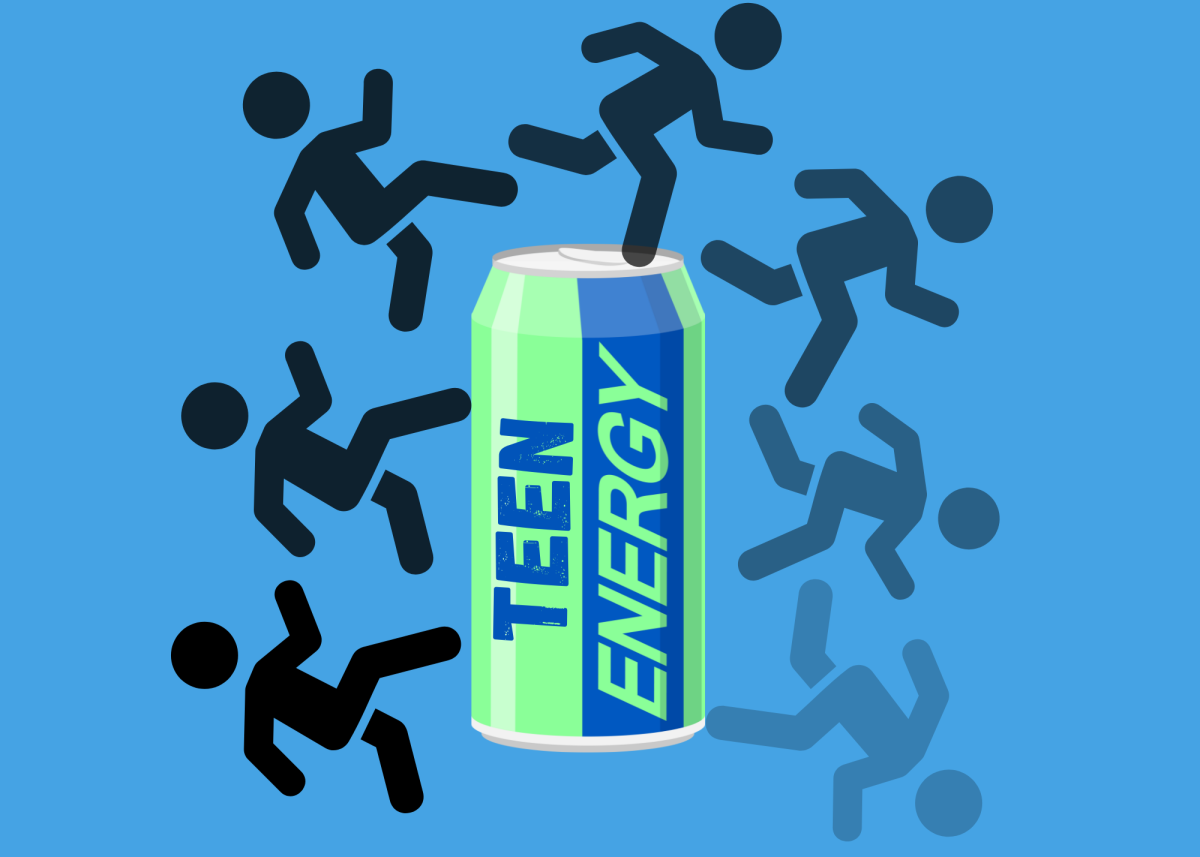Since the idea of content creation as a job began its rise in the mid-2000s, hundreds upon millions of creators have taken the world by storm with their unique, transformative content. As with any business, it’s common to sell branded merchandise. Recently, some YouTube channels have expanded their brands to sell edible items. While this seems harmless, recent events show that creators are making the wrong decision and are marketing these products both poorly and unethically. Well-meaning or otherwise, the consequences are very real, almost entirely because of poor marketing decisions.
Jimmy “MrBeast” Donaldson, the most subscribed YouTuber in the world, recently attracted controversy for the sale of his food product Lunchly, a competitor to Lunchables. Edible merchandise isn’t unique to the MrBeast brand, however. MrBeast Burger and Feastables chocolate bars are other edible products MrBeast has sold through his YouTube channel. Inside your local Jewel-Osco, you might see Feastables displayed near the checkout counters. In addition, next to the familiar Lunchables in the frozen foods section, you may also find Lunchly. Due to the incompetence of MrBeast and his crew, the safest option for you would be to leave that thing in the fridge where you found it.
In an advertisement for Lunchly, MrBeast praises his product for its lower calorie and sugar content as well as its use of “real cheese,” as opposed to Lunchables and its “cheese product.” The use of real cheese, however, increases the risk of mold, a reality popularized in YouTube reviews of Lunchly. In fact, as of Oct. 25, the FDA has already received 10 issue complaints about Lunchly with one customer claiming to have fallen ill from the product according to TMZ.
Many pictures and articles online have spread regarding the discovery of mold in Lunchly, further spreading an already-developed hate against the brand. The phrase “I like my cheese drippy, bruh,” spoken in the advertisement by online personality Logan Paul, has sparked into a hateful meme against Lunchly and its supporters. This has developed into more impactful hate, including a fake FDA recall of Lunchly crafted by online users and even a bomb threat to the company’s headquarters. Much of this hate seems to be rooted in the fact that Lunchly is being marketed incorrectly and deceptively to a child demographic.
MrBeast, along with YouTubers KSI and Logan Paul, advertises Lunchly as a healthier, “better-for-you” alternative, but these claims are false, and crafted entirely for the sake of marketing. While Lunchly does have less sugar, calories, sodium, saturated fat, and more potassium than comparable Lunchables products, the changes are almost negligible when looking at Lunchly as a whole. In general, consumers of Lunchly are still ingesting processed meats and dessert-based sugars, the latter of which mainly comes from Lunchly’s inclusion of a Feastables chocolate bar.
Not to mention, any large “healthy” changes are more present due to Lunchly switching out Capri Suns for Logan Paul’s Prime drink. Prime is also marketed incorrectly as a post-workout drink for replenishing hydration, but its low sodium and sugar content makes it less effective at this than alternatives like Gatorade.
The worst part about all of these products is that they are being advertised to children, a vulnerable population now at risk of consuming unhealthy and possibly molded food. However, clever food-selling tactics can be implemented by online creators and advertised both correctly and effectively. For example, Seán “Jacksepticeye” McGloughlin sells Top of the Mornin’, a brand of coffee mixtures that is advertised to the YouTuber’s young adult audience. The product did not come out of the gate as a feisty competitor but as an independent brand simply looking to sell organic, ethically sourced, good-tasting coffee. In this situation, Jacksepticeye knows what he is doing and does not depend on children and their parents’ credit cards for supplemental profit.
Lunchly, Feastables, or any other food product doesn’t need to be perfect, it just needs to be better, or at the very least, marketed correctly. If the product isn’t, then there’s no reason they should be sold and advertised, especially to children, lest they don’t notice the stands of mold their parents just purchased.









